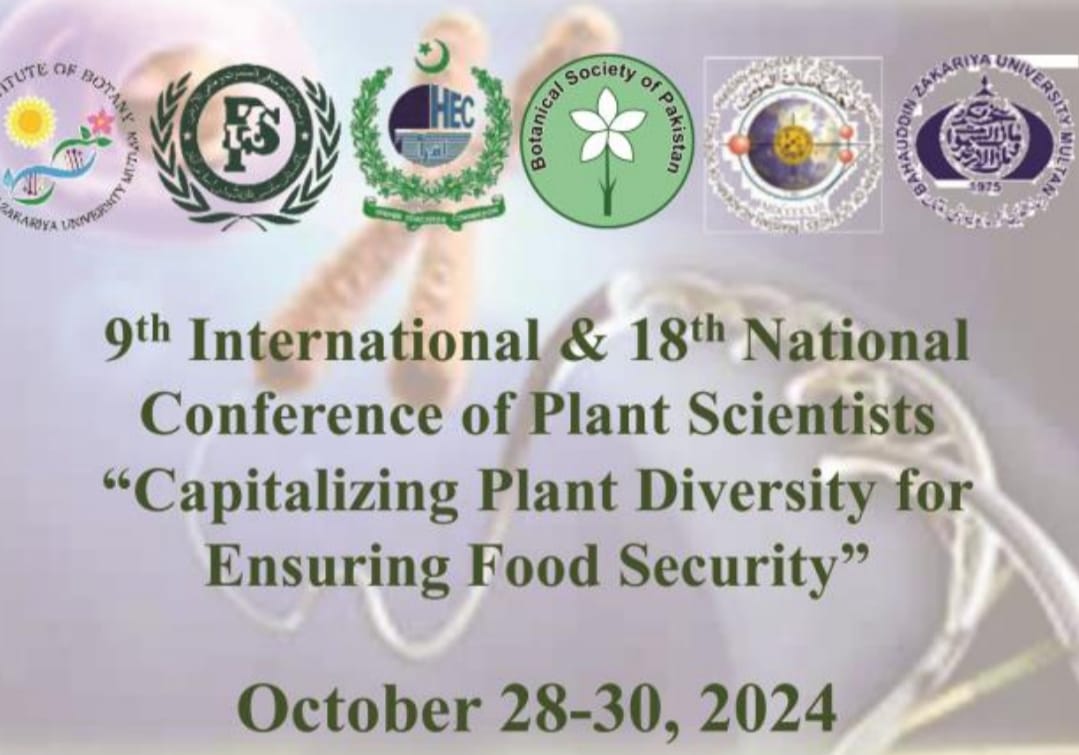
PJB-2018-1805
Infestation of Nectria haematococca in soil, a clue for the replant disease of Panax notoginseng revealed by 454 Pyrosequencing
Ling Yang, Wei Fan, Guang-Qiang Long, Ming Zhao, Guang-Hui Zhang, Sheng-Chao Yang, Zhen-Gui Meng, Long-Gen Li and Jun-Wen Chen
Abstract
Panax notoginseng (Burk.) F. H. Chen (Sanchi or Sanqi in Chinese) is a well-known and valuable traditional Chinese herbal medicine, which is currently planted over 20 000 hm2 with an output value of more than 10 billion RMB per year. However, the replant disease characterized by severe root rot has been becoming a serious problem for the P. notoginseng industry, and the etiology of replant disease in P. notoginseng remains unclear. The microbial communities in the rhizosphere and bulk soils of P. notoginseng that had been planted 1, 2 and 3 years previously were investigated using deep amplicon pyrosequencing and analyzed by principal component analysis (PCA). The microbial communities in the rhizosphere and bulk soils represented 94 253, 18 871 and 15 116 reads that were obtained from archaeal, bacterial and fungal PCR amplicons, respectively. A principal component analysis showed that rhizosphere and bulk soils shared similar archaeal and bacterial communities. While fungal communities were greatly different between bulk and rhizosphere soils, and the fungi in the rhizosphere soils had a high diversity level. Nectria haematococca (asexual name Fusarium solani), the cause of root rot, was found to accumulate as a consequence of the continuous cultivation of P. notoginseng. The accumulation and long-time survival of N. haematococca provides a new clue to investigate the mechanism underling replant disease in P. notoginseng.
To Cite this article:
Download PDF


